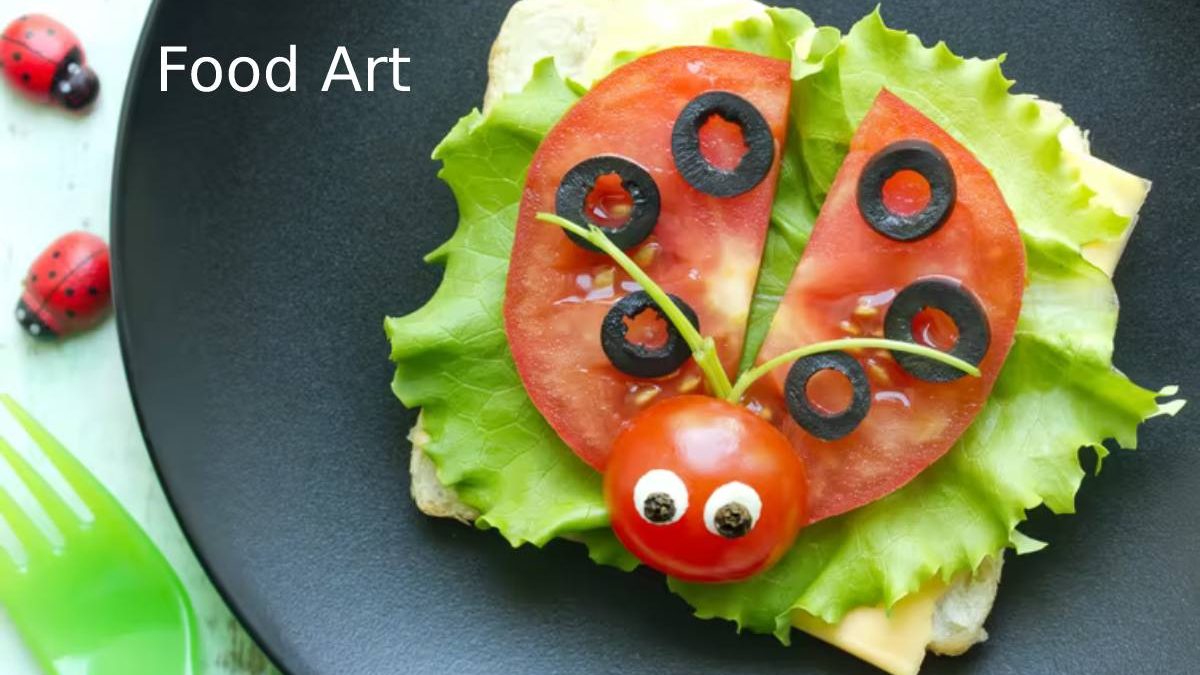Food In Art The Palazzo Martine go in Brescia exhibits masterpieces by great artists relate to the theme of Food Art, in a chronological route, ranging from the 17th to the 20th century, and iconographic. This exhibition, visible until June 14, is part of the Milan International Exhibition, whose motto is “Feeding the Planet, life energy.”
Food is hunger. It is sweetness. Food is wealth. It is poverty. Food is discovery. It is a journey. Food is color. Food is a pleasure. It is the land. It is the sea. Food in exchange, food is money, food it’s waste, food is water, food is worth, it’s south, it’s east, it’s west. food is fast, the food is slow, the food is home, it is the street, the food is a game of work, the food is a party, the food is fashion, the food is present, it is the future. food is mine. food is yours. The food belongs to everyone. because food is life!”
It is the long motto chosen to publicize the Milan International Exhibition 2015. In addition to its multiple meanings, we must add another simple but fundamental one.
Table of Contents
Food Art Quite simply
for more than two millennia, it has been an integral part of the themes of the history of art. Eating even becomes the undisputed protagonist of the various pictorial representations.
It is valid for everyone. For example, when in the time of the Roman emperors, Vitruvius defined xenia (the concept of hospitality for ancient Greece) . It the wall decorations with the gifts of food that the host made available to his guests in the rooms where they stayed. They lodged in his villa to consume freely without passing through the dining room
With The Fall Of The Horse Opera Roman Empire (476 Bc)
The refined classical art of naturalistic extraction stood sluggishly replaced by the Germanic populations’ aesthetic culture. From then on, and motivated by the radical socio-economic changes reflected in artistic productions, the gradual abandonment of the use of food iconography began which. it except for a few sporadic appearances – notably fruits and vegetables which appear in the hymnals, the capitals, or in the cycles of the months – lasted substantially during the high and a large part of the low medieval,
Until The Revolutionary Entry Of Giotto,
who translated the art of painting from Greek to Latin and reduced it to the modern. With the arrival of the Renaissance, two exciting phenomena record; In the sacred sphere, the presence of food is increasingly marked, especially in Marian iconography, while in the secular painting of the elegant courts of the Italian Renaissance appear the first figurations of sumptuous banquets, testimonies in addition to a good education, it established by the Florentine Giovanni Della Casa in a book of 1551.
For The History Of Food In Art
In addition, The ninth decade of the sixteenth century is of capital importance, marking the definitive affirmation of its driving role. Indeed, in 1580-1585, the Ceremonies Vincenzo Campy, inspired by the Nordic models already developed by Pieter Earthen and Joachim Be uckelaer, produce four spectacular canvases, considered to be the valid starting point of still life in Italy. The pioneering works of Campy, Bartolomeo Pass erotetic, Anni bale Carracci, and the fruit and vegetable portraits of Arcimboldo were of fundamental importance for this new genre, which would achieve enormous success with a successive and endless list of works.
And now, as a proclamation and in line with the central theme of Expo Milano 2015, “Feeding the planet, life energy,” this exhibition reveals, according to an iconographic and chronological criterion, the interest of painters. It active between the XX century XVII and XX centuries, to represent the usual food of their native lands. And also which also offers the opportunity to discover some foods that have already disappeared
A Hundred Masters Of Ancient Art
such as Campy, Cerruti, Figino, Ricco, Reop polo, Stanch, establish a dialogue with modern and contemporary authors, from Magritte to De Chirico, from Manzoni to Fontana. It from Lichtenstein to Andy Warhol.
Hence, as stated by its curator, Davide Dotti. “By exhibiting a hundred works centered on the theme of food, belonging to the history of Italian art. And also from the end of the 16th century to the present day. And alsowe are establishing a solid link with the Universal Exhibition of Milan 2015. It’s a journey


